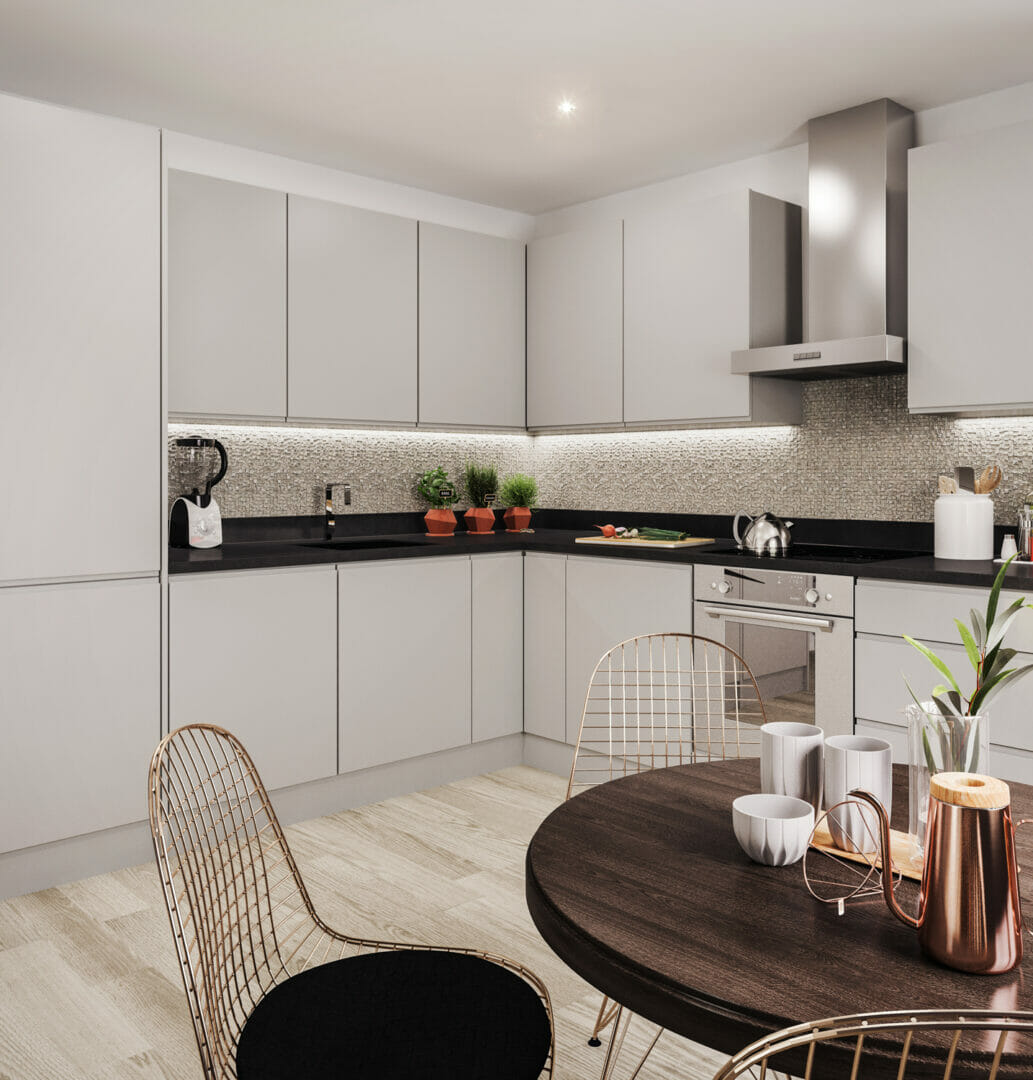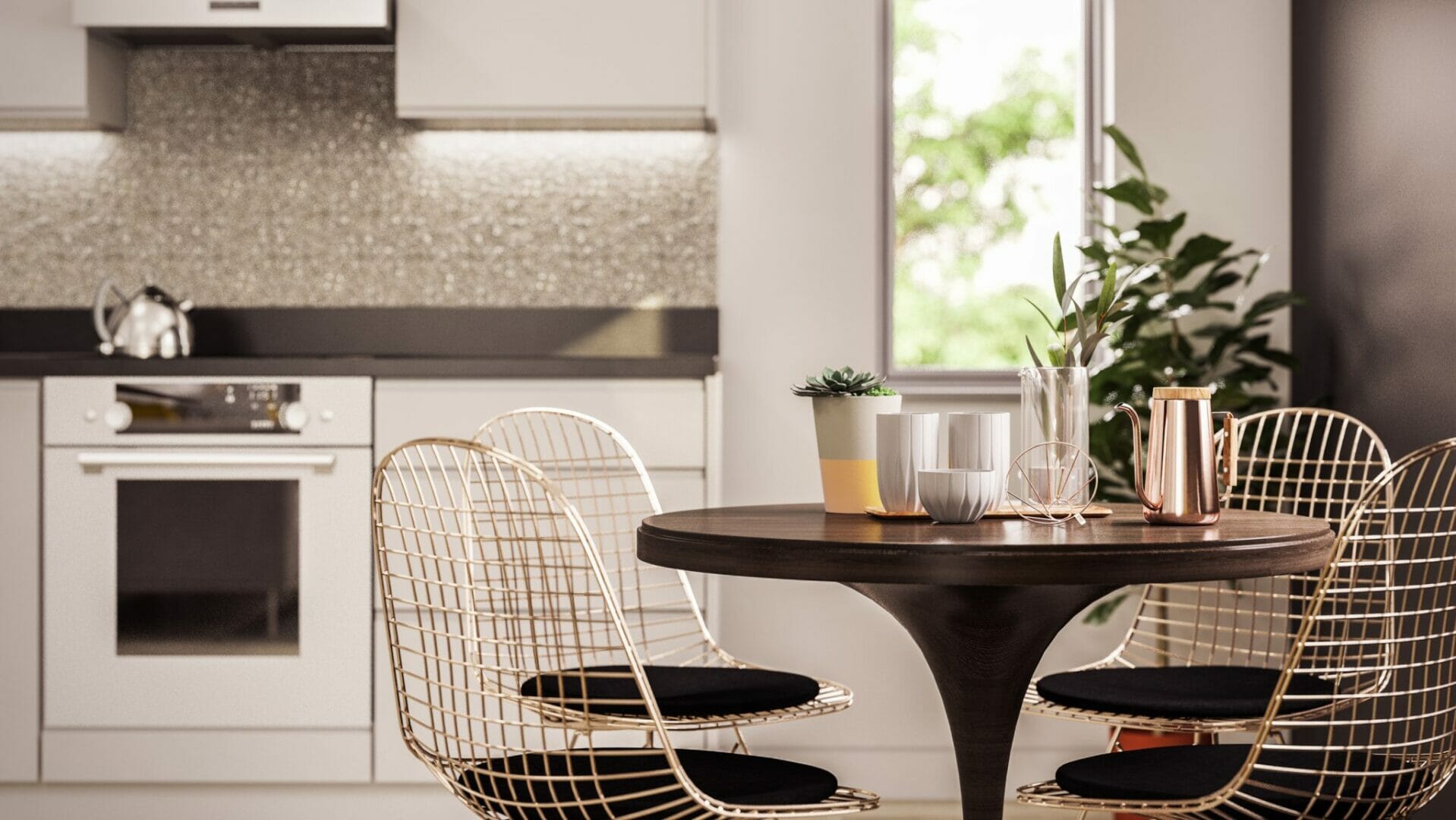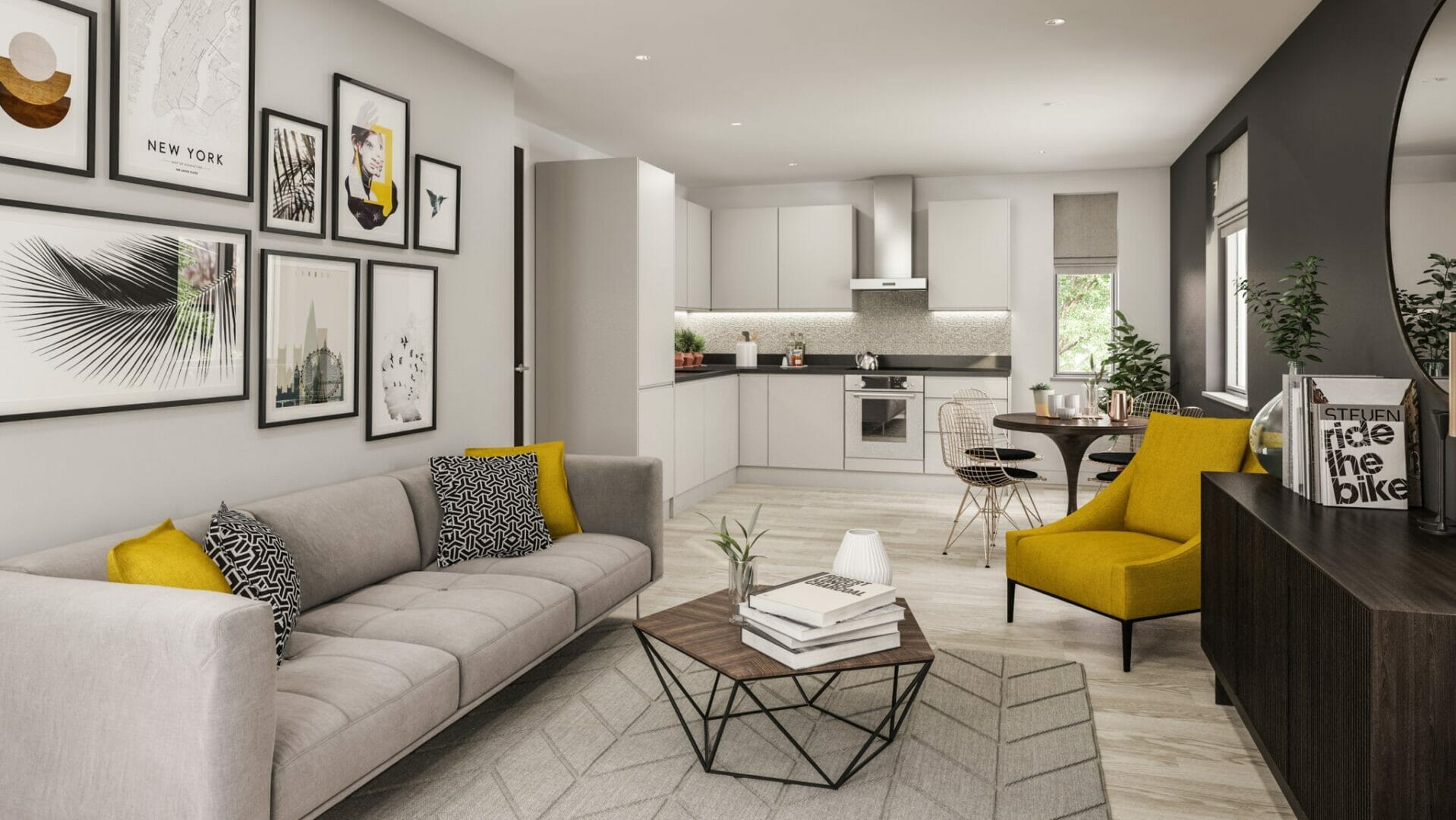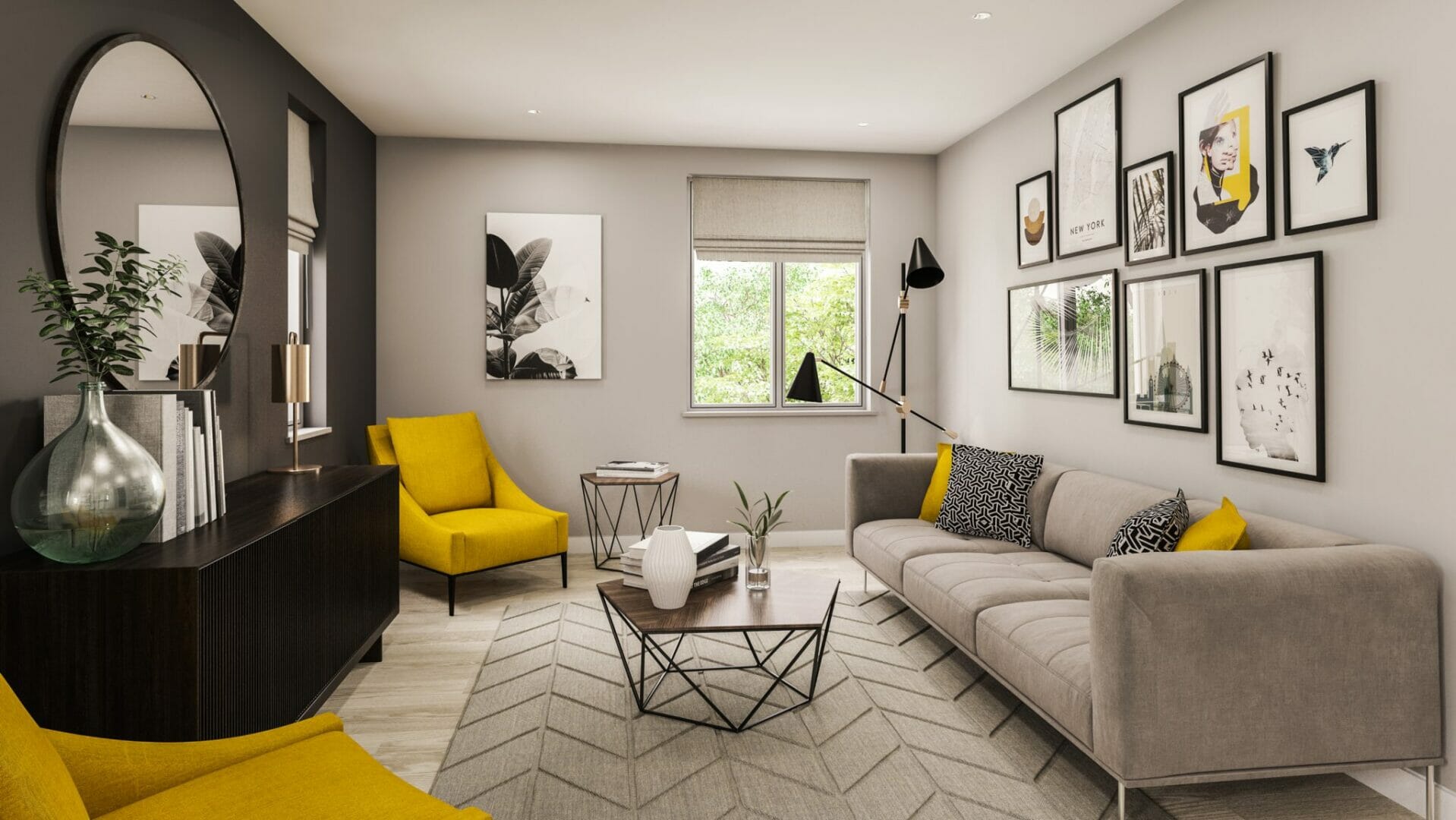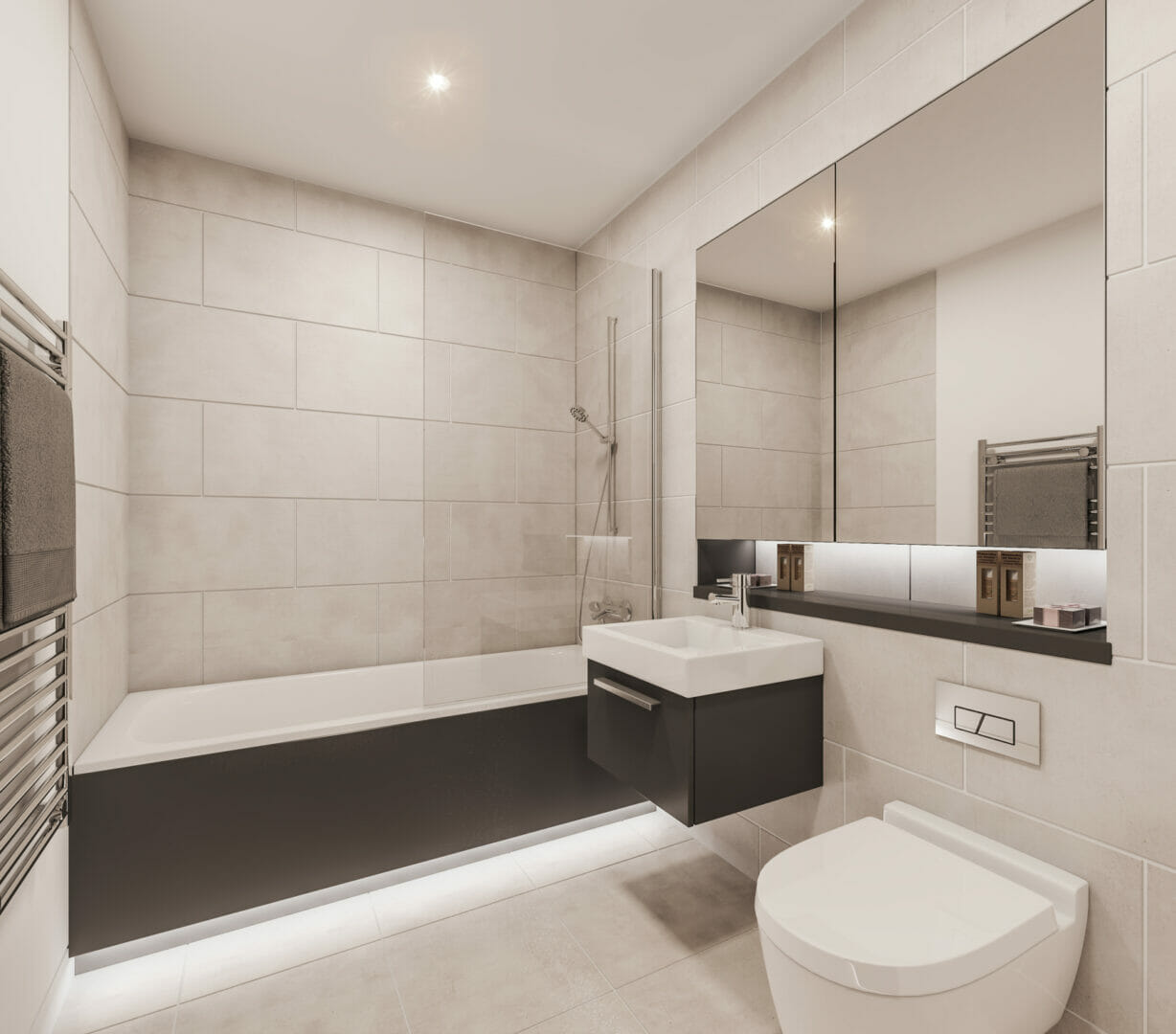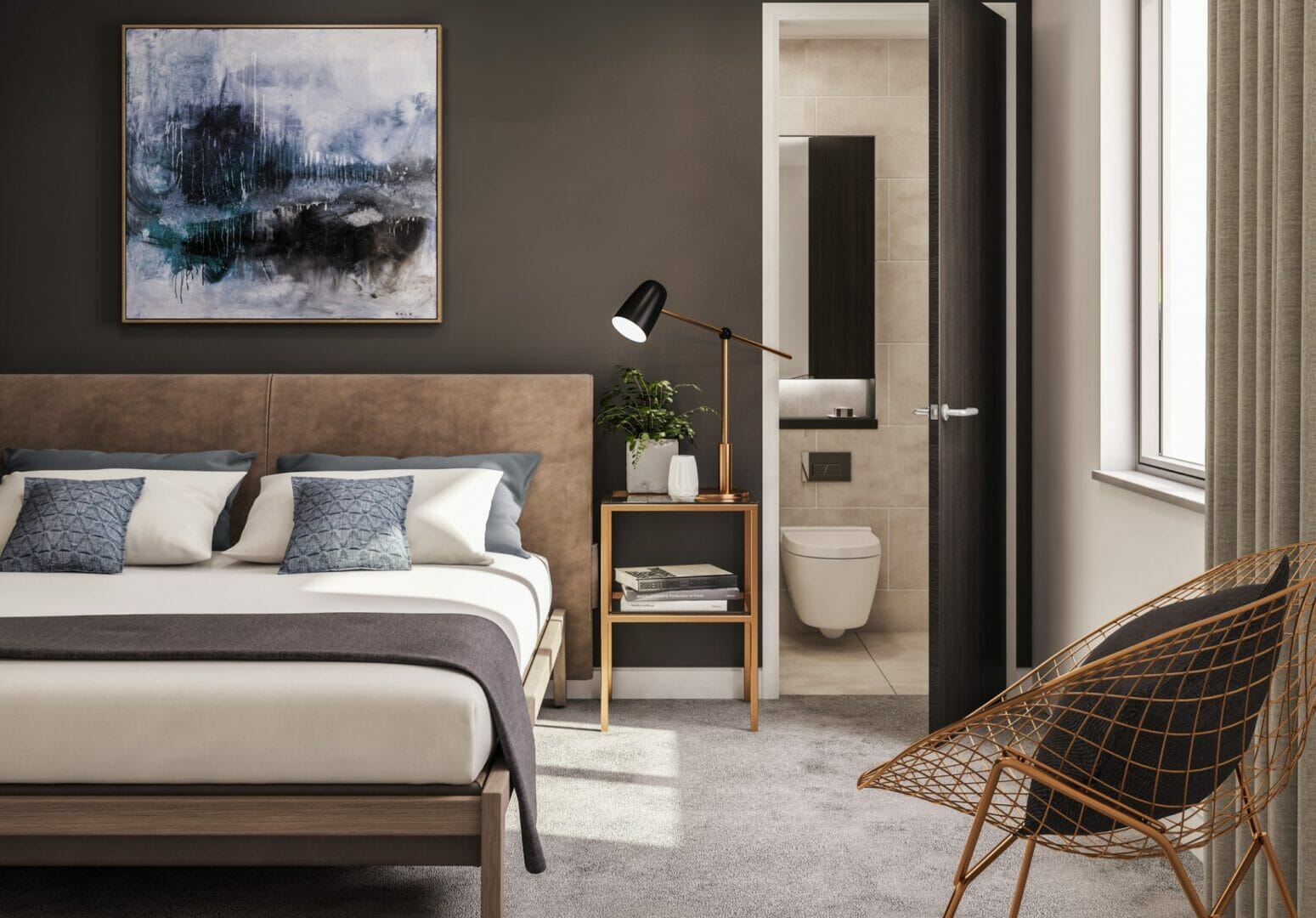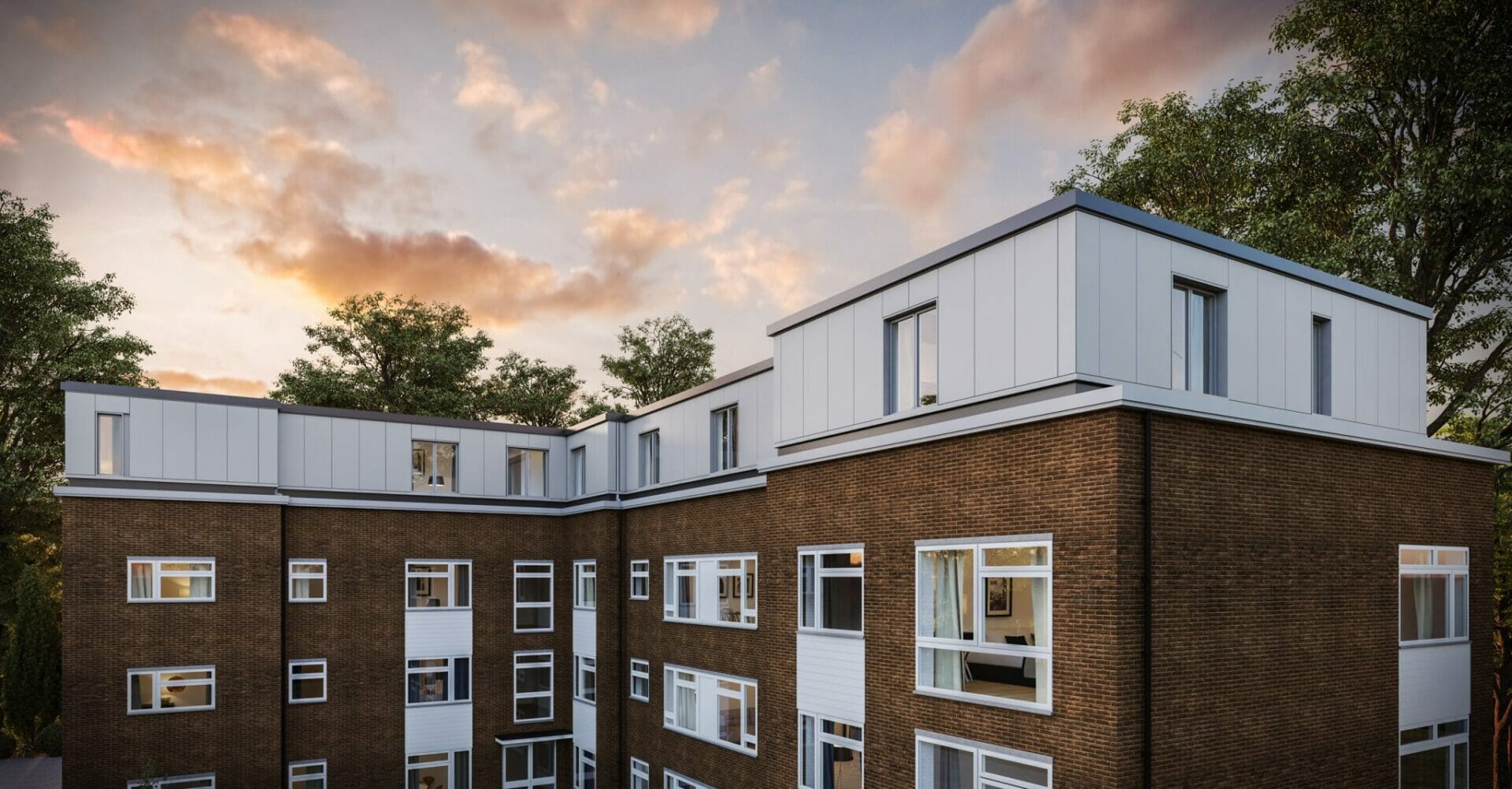
Airspace is a phrase increasingly heard in property development circles, especially in London and other large cities, where limited development space and an ever increasing demand for housing forces the solution to go upwards.
By definition, airspace is the unused space on top of residential, public and commercial buildings, which developers can purchase the “airspace rights” for from local councils, housing associations and private freehold property owners, for the construction of apartments. The primary benefit is that it is allowing architects and investors to plan developments in areas, which appear to have reached saturation point, and where no further development land is available. It is giving people the option to choose to live in the areas that they actually want to. From an environmental perspective, it also means less need for greenbelt land to be sacrificed to satisfy the demand for new homes.
“There’s an estimated £54 billion worth of roof space in London,” says Haroon Bhatti, investment director of London-based development firm Apex Housing Group. A report produced by his company, calculated that rooftops could provide the space for 180,000 extra homes across London, and this is without even taking into account the amount of space that is above commercial buildings, such as supermarkets and warehouses.
From a practical perspective, developing airspace is more complex than traditional forms of construction and this is where off-site modular construction comes into its own. Notably, most modular superstructures can be installed in a number of hours, greatly reducing disruption to local residents already in situ within the building. Other benefits include the superior thermal properties of modular construction materials, especially useful when intended to be used on an exposed rooftop. Just as importantly, modular elements are more lightweight, therefore reducing load on an existing structure. With a considered design approach, they can become striking enhancements to the original building.
Roofs for conversion are often higher than surrounding structures, with the potential for terraces offering commanding views. As a result, they can be ideal for the creation of penthouses, catering for the high-end market, which in turn offers developers a higher return on investment. This is a good thing, considering that building into airspace is more expensive than building at ground level, so rooftop development works in locations with high density and high returns. A benefit to existing residents is that part of the developer’s obligation is usually to refurbish the building’s exterior and communal areas, which can see an overall uplift in value of their own properties as a result.
rpa:group was recently appointed as Lead Designer on the creation of four new apartments in London’s upmarket South West suburb of Putney. The collection of luxury one and two-bedroom apartments are specified to meticulous standards, boasting contemporary design and a high specification throughout. Our experience in airspace extends beyond residential, with the renovation and extension of an hotel in South London for our client Holiday Inn Express, which included the creation of a fifth storey; adding a further 24 bedrooms.
Clearly airspace is something that we will continue to see on the rise, with more industrious and creative solutions becoming increasingly available as design, materials and the environmental needs of people continue to evolve.







